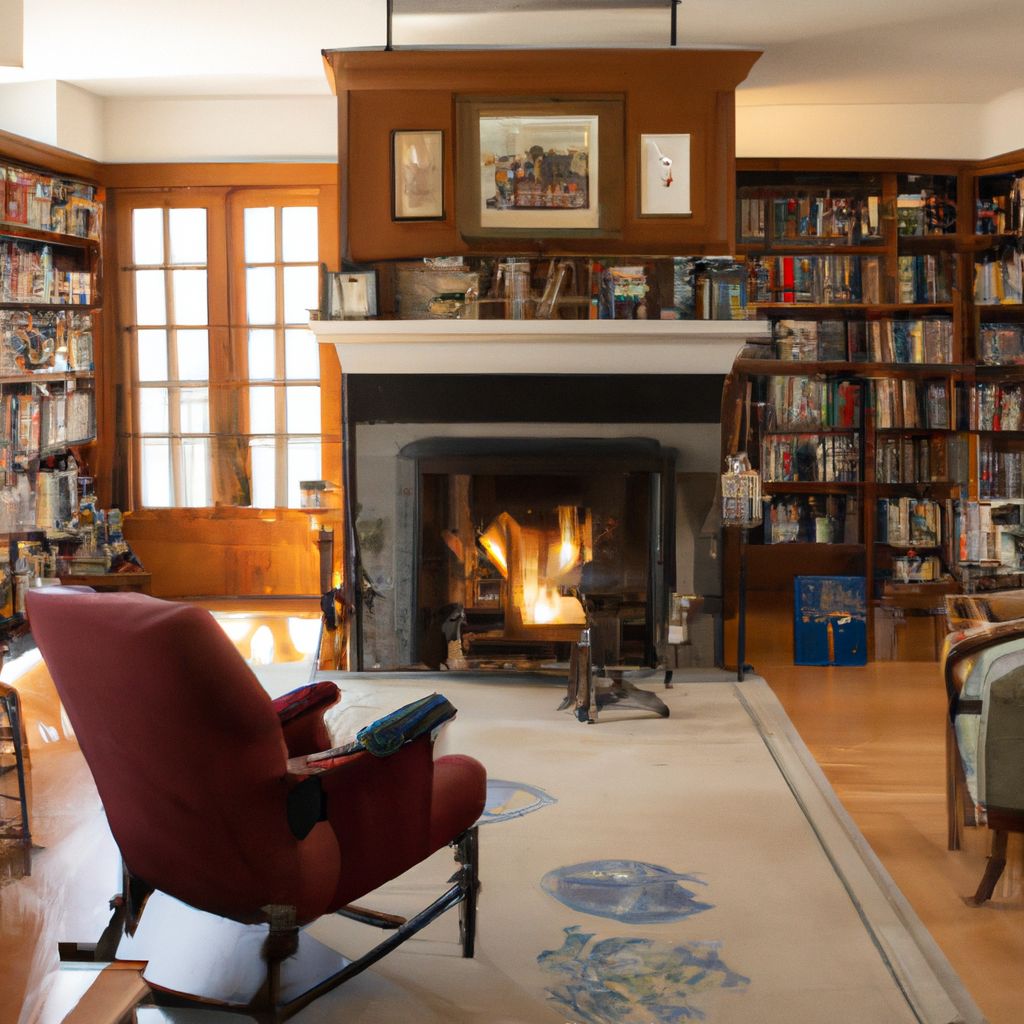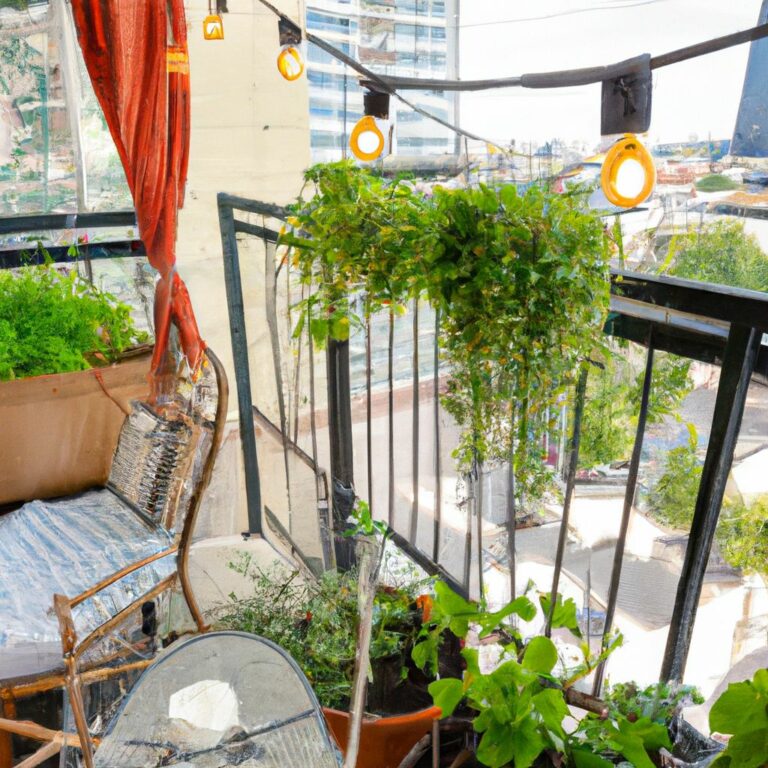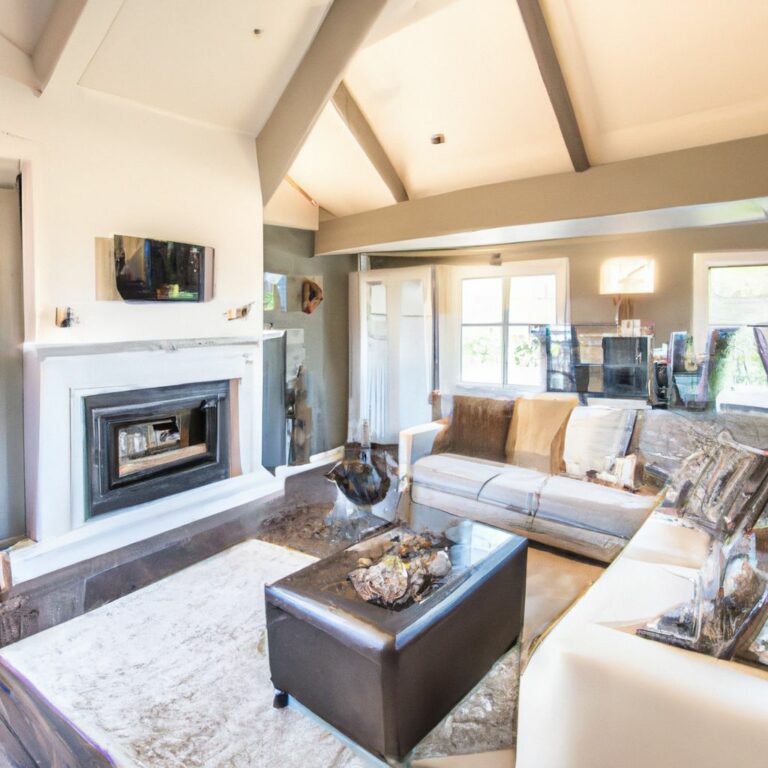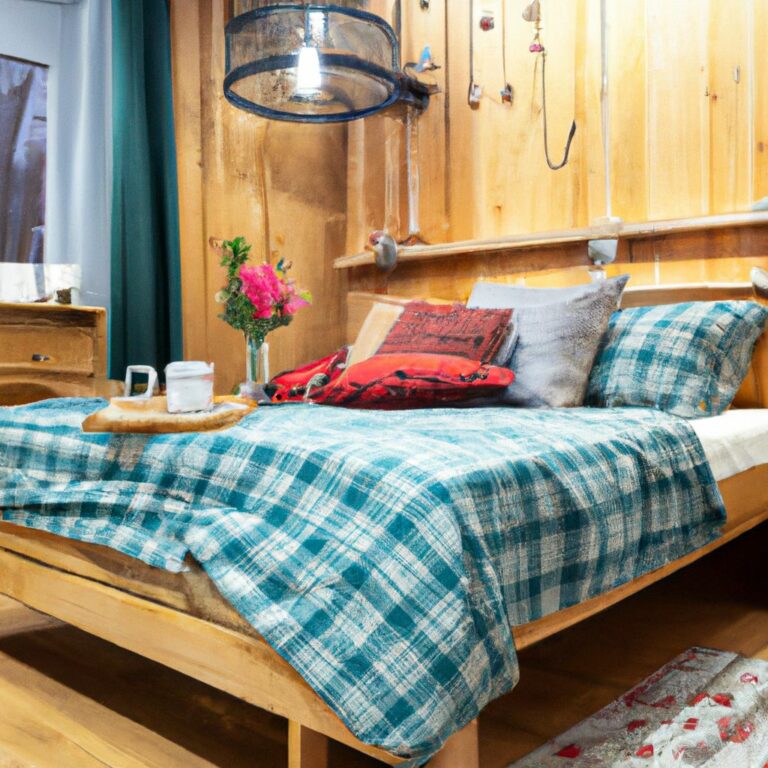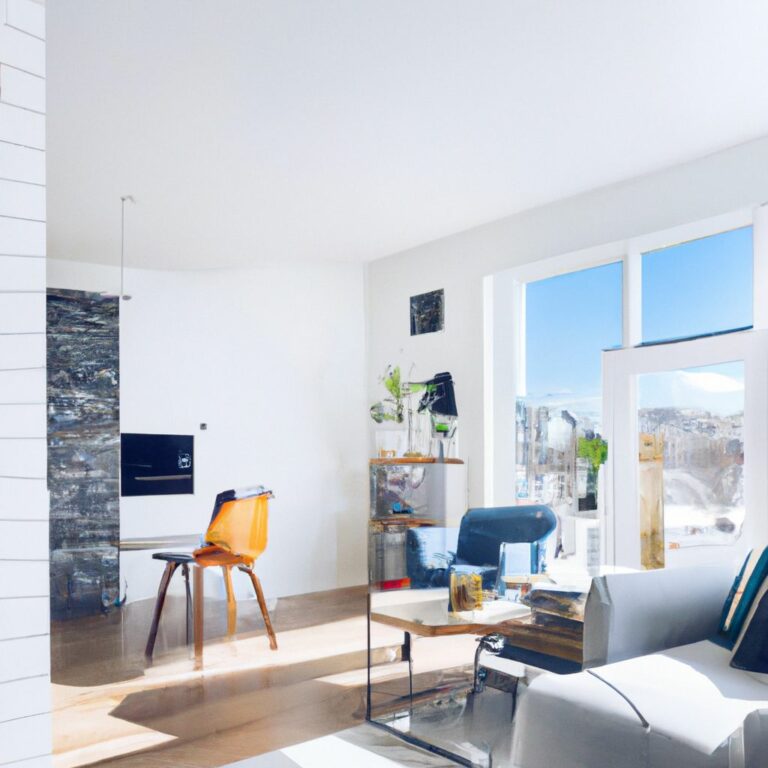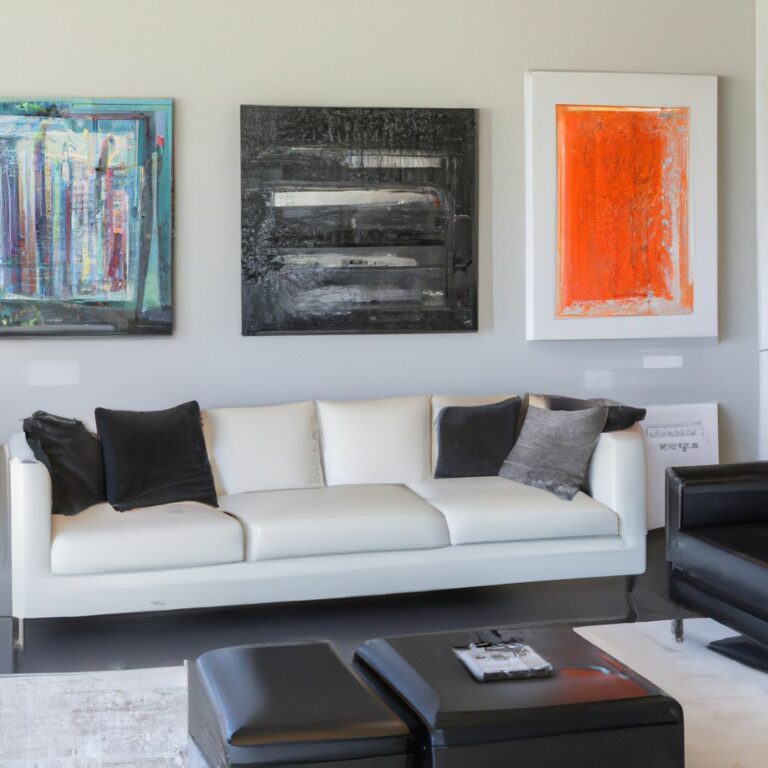Introduction
To create an engaging home library, tap into the allure of this cherished space. Discover how the right decor and layout can transform your home library into a captivating retreat. Dive into the art of arranging books, enhancing comfort, incorporating personal touches, and optimizing lighting. Unleash the potential of your home library to create a cozy haven for relaxation, inspiration, and intellectual exploration.
The allure of home libraries
Home libraries have a unique charm that fascinates readers and book-lovers. They offer a place of refuge, a gateway to unknown worlds, and a sanctuary packed with literature’s treasures. Here are five elements that show the beauty and importance of home libraries:
- A place of solace: A home library is a quiet spot to get lost in a book, far away from daily life’s distractions. It is a haven where calm and contemplation reign supreme.
- Display of knowledge: The books in a home library show an individual’s intellect and curiosity. They express the diverse passions and interests that create a person’s identity, sparking stimulating conversations.
- Personalized aesthetics: Every home library is customized to show its owner’s style and taste. From antique leather-bound books to modern minimalist designs, these libraries become part of their creators, instilling pride and ownership.
- Inspiration nearby: Having a bookshelf close by lights up inspiration on both conscious and subconscious levels. Ideas sprout as eyes wander over titles, prompting intellectual growth and creativity.
- Encourages reading habits: In today’s digital era, home libraries remind us to enjoy the joy of reading. Be it fiction or non-fiction, poetry or prose, these shelves invite people to explore different dimensions through literature.
Moreover, there are special aspects of home libraries that must be acknowledged:
- Emotional connection: Home libraries have sentimental value as they often store books collected over a lifetime. These spaces keep memories entwined with stories that have molded individuals’ lives.
- Atmosphere of serendipity: Amid the organized chaos of bookshelves lies an invitation for lucky discoveries. Flipping through physical copies opens the door to find hidden gems or revive forgotten favorites.
- Physical health benefits: Home libraries promote a healthy reading position and reduce screen time, preventing the bad effects of too much digital consumption. They provide a tangible alternative that encourages beneficial intellectual engagement.
To make home libraries more alluring, consider this advice:
- Thoughtful organization: Place books in an attractive way, such as by color or genre, to create a beautiful display. This not only boosts the atmosphere but also helps find desired titles faster.
- Cozy seating arrangements: Match your home library with comfortable chairs or cozy reading nooks. Offering a pleasant space encourages long sessions of reading and exploration.
- Personal touches: Add personal mementos and decorations to the library’s design to make it unique and cozy. Include sentimental items or artworks that bring back memories or reflect personal interests.
By following these pieces of advice, home libraries can turn into captivating spaces that inspire curiosity, encourage relaxation, and grow a lasting love for literature. Remember, the right furniture and layout can make or break your living room – because nothing says ‘I hate my life’ like stubbing your pinky toe on a misplaced coffee table.
Choosing the right furniture and layout
To create an inviting home library that reflects your style, turn to the section on choosing the right furniture and layout. Find the solution in the sub-sections – selecting comfortable reading chairs and designing functional bookshelves – to ensure a cozy and organized space for your reading pleasure.
Selecting comfortable reading chairs
When picking out a reading chair, there are several factors to consider for an enjoyable, relaxing experience. The best chair will let readers get lost in their books without any discomfort or distractions.
- Comfort is key! Search for a chair with proper lumbar support, to maintain good posture and avoid backaches while reading.
- Look for cushioning and padding, for the utmost comfort. Choose materials like fabric or leather for an extra cozy feel.
- Adjustable features like armrests and headrests allow for personalised positioning. Customizable options let everyone find their comfy spot.
- Size matters! Select a chair that fits your body proportions, so everyone can lounge in comfort.
Understanding these tips will help readers make an informed decision and create a perfect place to lose themselves in a book.
It’s interesting to look at the history of reading chairs. From ancient civilizations using stools and benches to modern ergonomic design, chairs have come a long way. Innovations in materials, craftsmanship, and ergonomics were developed to provide comfort for all readers, now and in the future.
Knowing the significance of reading chairs and appreciating their development over time will help readers choose the best chair for their own literary pursuits. Plus, adding in some sturdy bookshelves will certainly add to the overall experience!
Designing functional bookshelves
Measure the area for your bookshelves and consider the number and arrangement of books you have. Take into account the height of the books when designing the shelves. Incorporate adjustable shelves or modular components to customise as your book collection grows. Add drawers or cabinets to store smaller items. Strike a balance between style and functionality. Use different sizes and depths of shelves to add visual interest and accommodate varying sizes. Put baskets or boxes on lower shelves to avoid clutter. Add lighting elements to highlight special editions or display-worthy books. With careful planning, your bookshelves can become a functional and stylish centerpiece in any room.
Lighting and ambiance
To enhance the lighting and ambiance in your home library, utilize natural light, incorporate task lighting, and create a cozy atmosphere. Each sub-section provides a unique solution to improve the overall atmosphere of your reading space.
Utilizing natural light
Harnessing the power of sunlight can not only save energy, but also create a warm and inviting atmosphere. Here are some tips for utilizing natural light:
- Position furniture to maximize incoming light.
- Use sheer curtains to filter sunlight while keeping privacy.
- Incorporate reflective surfaces like mirrors or metallic accents.
- Install skylights or large windows for more natural light.
Natural light brings a sense of connection with the outdoors and positively affects our mood. Ancient Romans used elaborate designs to capture sunlight; the Pantheon in Rome has an oculus at its center.
By utilizing natural light, we can transform any space into a welcoming environment. Experiment with methods for harnessing sunlight and add some task lighting for a bright idea!
Incorporating task lighting
- Assessing your needs is Step 1. Identify tasks in the space that need extra lighting.
- Step 2: Pick the right fixtures. Make sure they are suitable and have adjustable brightness, color temperature and light direction.
- Step 3: Positioning is important. Find the best angle and height for the task lights.
- Step 4: Layer the lighting. Include task lighting in the overall scheme with ambient and accent lighting.
- Step 5: Get dimming controls. Add dimmers or adjustable switches for more control over intensity.
For extra style, add task lighting to shelving, or highlight artwork with spotlights.
Pro Tip: Go for energy-efficient options like LED lights. They save electricity, plus they last longer and require less maintenance.
Creating a cozy atmosphere
Soft lighting? Opt for dimmers, lamps and candles. These create a soothing feel.
Natural light? Make the most of it during the day. Adds warmth and brightness.
Layered lighting? Experiment with overhead, task and accent lights. Creates depth and dimension.
Warm color tones? Choose shades of yellow, orange and red.
Scented candles? Enhance the atmosphere. Feelings of relaxation and comfort.
Comfortable seating? Pair with cozy lighting for an inviting atmosphere.
Wall sconces and string lights too? Add a touch of elegance or a whimsical feel.
Ancient civilizations? Greeks and Romans appreciated ambient lighting in public spaces. Strategically placed torches or oil lamps created an intimate environment. Enhancing social interactions and storytelling experiences.
Color palette? Like finding the perfect shade of lipstick. Can make or break the ambiance. Hopefully no lipstick stains!
Color palettes and themes
To coordinate the color palettes and themes of your home library effectively, incorporate solutions from sub-sections such as coordinating colors with the rest of the home and harmonizing with the books’ covers. These tips will ensure seamless integration and create a visually pleasing and cohesive environment in your personal reading sanctuary.
Coordinating colors with the rest of the home
Want to make your home stand out? Consider spicing it up with colors and themes that reflect your individual taste. Here are some key points to consider:
- Choose colors that match existing elements in your space, like furniture, flooring, and artwork.
- Think about the mood or ambiance you want in each room. For example, warm tones like reds and oranges can make it cozy, while cool blues and greens give a sense of calm.
- Look at how colors will transition from one room to another. Harmonizing shades create a seamless journey throughout your home.
- Mix neutrals with vibrant hues to add visual interest without overwhelming.
- Remember that lighting affects how colors appear. Test paint swatches under different lighting to see what looks best.
- Be mindful of the psychology of colors. Pick shades that give the desired effect.
Finally, add custom details to make your space truly yours. An accent wall, wallpaper, or unusual furniture choices can bring life to your living space. So don’t be afraid to experiment with color palettes and themes – it could even mean coordinating them with the books on your shelf! With careful consideration and creativity, you’ll create a unified and harmonious design that will leave a lasting impression.
Harmonizing with the books’ covers
Choose complementary colors. Pick palettes that suit the dominant tones on the book covers. This will bring harmony between the design of your website and the physical books.
Think about typography. Look into the font styles and sizes used on the book covers. Then, include similar typography elements in your website for a consistent look. This will improve the overall attractiveness.
Capture the themes. Examine the themes in the books and express them visually on your website. Do this with pictures, illustrations, or graphic elements. This will make readers relate to the literature.
Be creative! Don’t be scared to think outside the box when matching book covers. Try different color schemes, fonts, and visual elements to create a special online presence.
Analyze each book cover one-by-one and note its unique features. In this way, you can better unify your website with each book’s identity, making sure it’s accurately portrayed.
Remember: Keep a balance between the elements from book covers and your own brand identity. Aim to have a perfect blend, where both aspects are visible.
Personalization and organization
To personalize and organize your home library effectively, consider showcasing personal memorabilia and artwork and arranging books by genre or theme. These simple yet impactful solutions enhance the aesthetic appeal and functionality of your space, allowing you to create a unique atmosphere that reflects your personal interests and adds a touch of organization to your collection.
Showcasing personal memorabilia and artwork
Organizing and displaying personal memorabilia and artwork is a creative endeavor! Here are four ideas to consider when curating your collection:
- Shelves or wall-mounted display cases are a visually appealing way to show off treasured belongings. Arrange items in a cohesive way for a neat and attractive exhibit.
- Proper lighting can make a piece stand out and create a focal point. Accent lighting or spotlights can add atmosphere and draw attention to the artwork.
- Make it interactive with QR codes or audio guides that offer extra info or stories about each item. This adds a personal touch to the experience.
- Think outside the box with unconventional framing, unexpected props, and creative backgrounds – an element of surprise can make the exhibition stand out.
Also, digital platforms are a great way to share personal pieces with a wider audience, while still keeping the personal touch of sharing stories behind each item.
For example, a couple dedicated their living room to their vinyl records. Shelving units were arranged around the walls, and vintage seating was placed to create a music haven. They took pride in their collection, and in curating an atmosphere that showcased their passion for music.
Arranging books by genre or theme
Grouping books by genre allows readers to quickly find their preferred reading material. It also helps with creating an immersive experience. Arranging books in this manner simplifies the process of finding relevant info or stories, saving time and effort.
Organizing by genre or theme enables readers to explore new genres or themes.
Alternatives are worth considering too. Arranging books chronologically or alphabetically can provide insights or make it simpler. Experimenting with different arrangements allows individuals to discover what fits their needs and wants. Finishing touches make it personal and organized.
Unless you’re lactose intolerant, then it’s just a mess!
Adding finishing touches
To add the finishing touches to your home library, incorporate comfortable rugs and include decorative bookends and accessories. These simple solutions will enhance the ambiance and aesthetic appeal of your reading space.
Incorporating comfortable rugs
Rugs can be a great way to add visual interest to a room. Place one in the living room for extra softness underfoot. Choose a rug that matches the style of your furniture.
For bedrooms, why not opt for a luxurious and comfy rug near the bed? Wool or shag materials are great options for a touch of extra comfort.
Don’t forget hallways and entryways – these areas can be instantly transformed with a rug. Choose a durable material, and bold colors or patterns to make a statement.
When selecting a rug, consider size – too small and it won’t be noticed, too large and it may overpower the room. Measure the room carefully before buying, to ensure you get the perfect fit.
Mix different textures and patterns with your rugs to create interesting contrasts. Try pairing a fluffy shag rug with a sleek leather sofa.
Finally, don’t miss out on the opportunity to add comfort and style to your home with rugs. Start exploring different options today to transform your living spaces into cozy havens.
Including decorative bookends and accessories
Decorative bookends and accessories give any space a stylish and sophisticated vibe. They’re not only functional, but they also have a great aesthetic appeal. With so many options available, here’s a quick overview:
- Wooden bookends add rustic charm.
- Marble bookends bring a luxury feel.
- Metal bookends are sleek and modern.
- Unique figurines double as bookends.
- Decorative lamps combine functionality with aesthetics.
Did you know that themed bookends are great for creating a cohesive look? For example, a beach-themed living room? Seashell-shaped or lighthouse-shaped bookends can tie it all together.
Here’s a real-life example: A friend of mine had a hard time organizing her cookbooks until she found pot-shaped bookends. Not only did they keep her books in check, but they also made her kitchen decor stand out.
In conclusion: Adding decorative bookends and accessories is the perfect way to top off any room with a ‘fabulous’ finish!
Conclusion
Decorating a home library is a chance to show off your style and make a space that celebrates your love of books. Follow these pointers to turn your library into a comfy, appealing spot.
-
Think about the layout and organization of your bookshelves. Arrange them for easy browsing and access. Put books by genre or author for a good-looking display. Also, add decorative items like framed artwork or small plants to make it look nice.
-
Be aware of the lighting in your library. Natural light is best, so situate your reading nook near a window, if possible. Use adjustable task lighting above specific reading areas and ambient lighting to create a warm atmosphere.
-
Choose furniture that gives you comfort and lets you curl up for long reading periods. A cozy armchair or daybed with soft cushions and blankets will make it cozy. Place a sturdy side table or bookshelf nearby for convenience.
-
Add personal touches that show your interests and personality. Showcase collections or souvenirs from favorite authors on shelves or mantlepieces. Add meaningful quotes or literary art to the decor to motivate you when you reflect.
Designing an inviting home library isn’t only about looks. It’s also about making a space that nurtures your body and mind. Use these tips to make a sanctuary where you can read and be surrounded by beauty.
- Easy DIY home decoration projects - June 25, 2023
- Upcycled items for home decor - June 25, 2023
- Vintage home decor ideas - June 25, 2023
